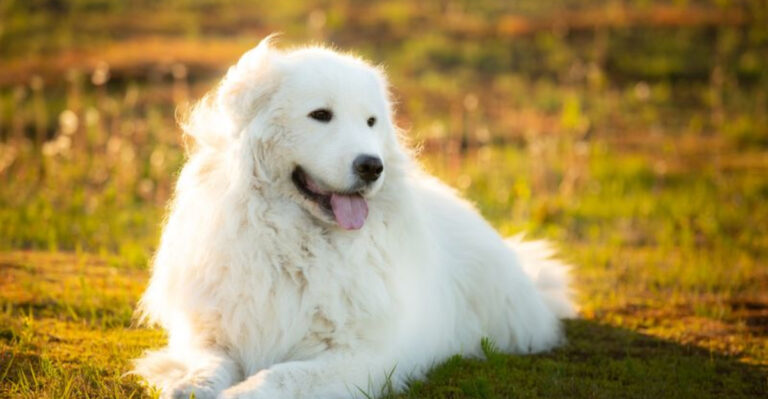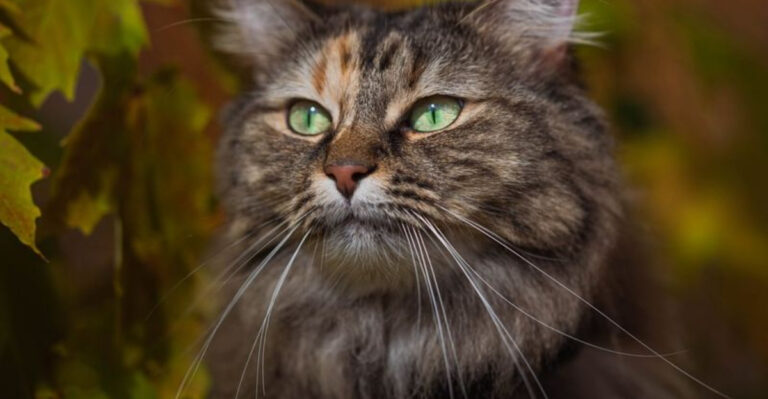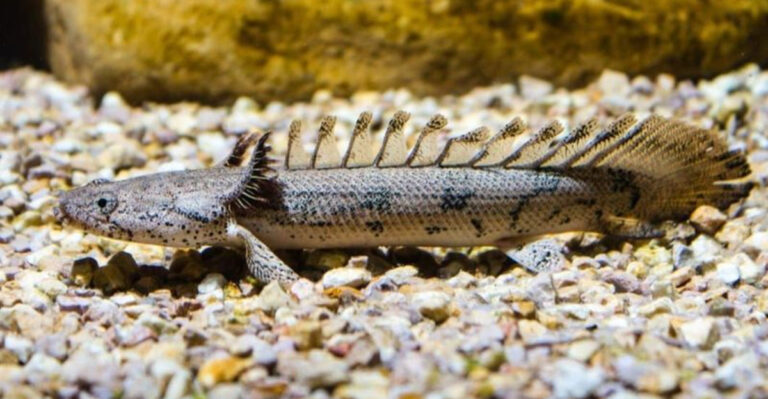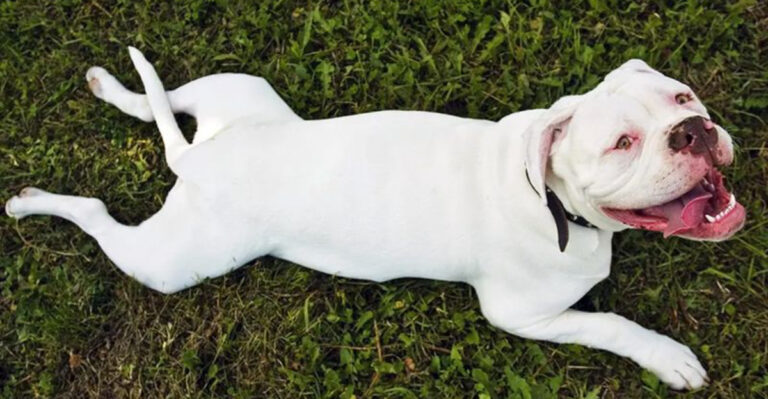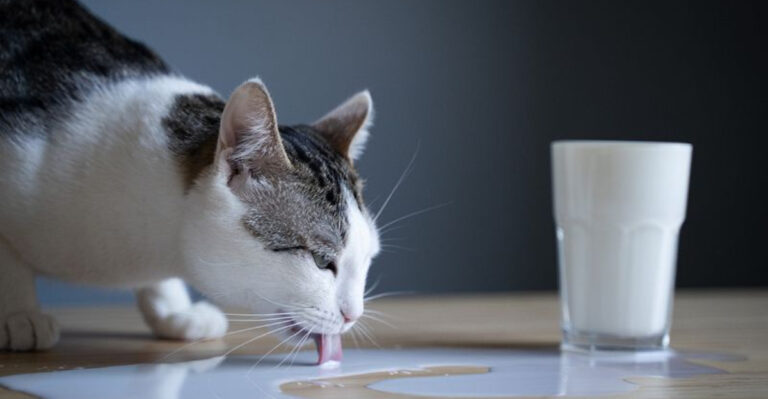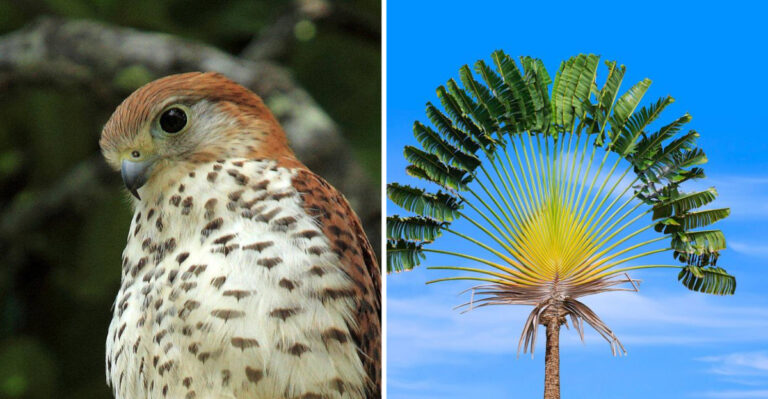14 Species That Hibernate In The U.S. And How They Survive The Cold
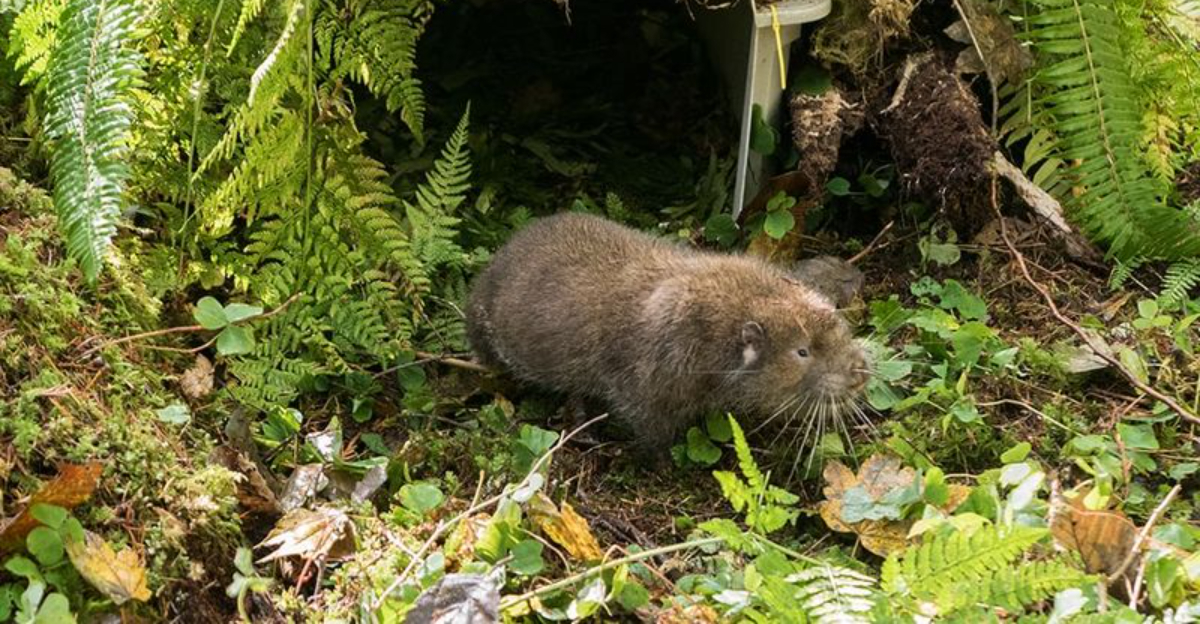
When winter’s icy grip tightens across America, many animals employ an amazing survival tactic – hibernation. These creatures have evolved remarkable adaptations that allow them to essentially ‘shut down’ their bodies during the harshest months.
From bears snoozing in dens to frogs that can survive being frozen solid, these hibernation specialists showcase nature’s incredible ingenuity in the face of extreme conditions.
1. American Black Bear
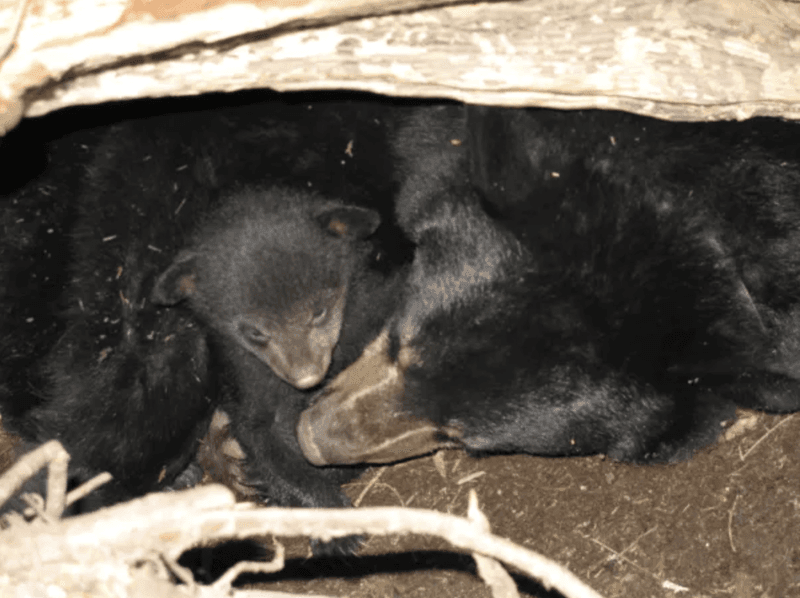
These impressive mammals don’t technically hibernate but enter a lighter sleep state called torpor. During winter months, their heart rate plummets from 40-70 beats per minute to just 8-12.
Female bears perform the extraordinary feat of giving birth during this dormant period and nursing their cubs while barely eating or drinking. They rely on fat reserves built up during fall’s feeding frenzy to survive the winter.
2. Groundhog
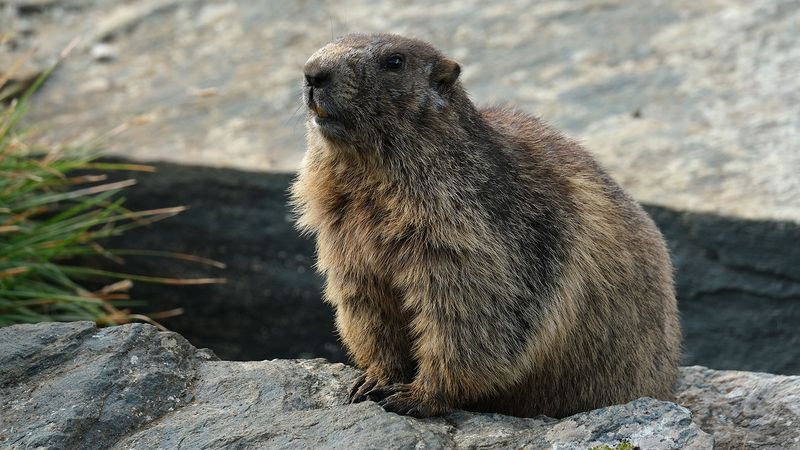
Contrary to their weather-predicting fame, groundhogs are actually champion hibernators. Their body temperature drops from 99°F to a chilly 37°F, while breathing slows to just one breath every six minutes!
These pudgy rodents dig specialized winter burrows below the frost line, complete with separate bathroom chambers. Before their long sleep, groundhogs gorge themselves, nearly doubling their weight with vital fat reserves.
3. Little Brown Bat
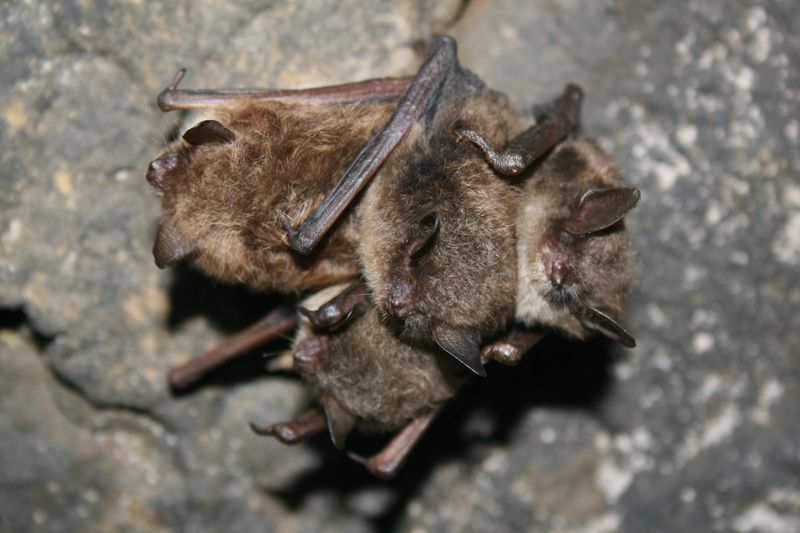
Masters of the metabolic slowdown, these tiny mammals huddle together in caves or abandoned mines during winter. Their heart rate dramatically decreases from 400-1100 beats per minute to a mere 18 beats per minute.
Unlike many hibernators, bats occasionally wake to drink water or even fly outside briefly on warmer days. Their hibernation strategy saves nearly 90% of the energy they would otherwise need during winter.
4. Eastern Box Turtle
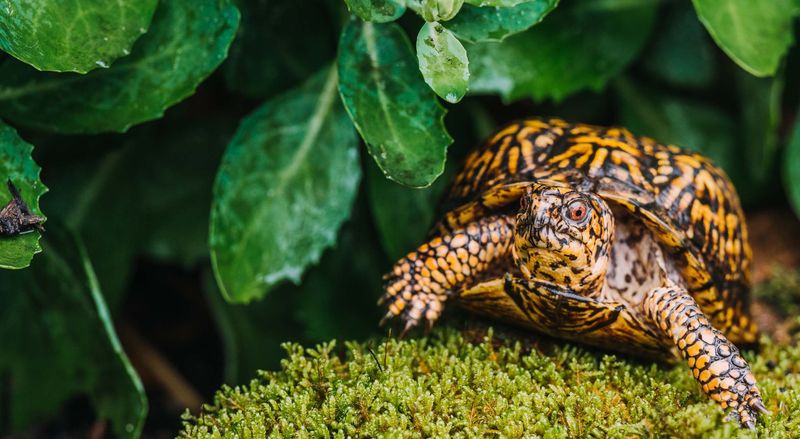
These colorful reptiles escape freezing temperatures by digging themselves underground chambers called forms. They burrow into soft soil or forest floor debris, sometimes as deep as two feet below the surface.
During their winter dormancy (called brumation in reptiles), their heart rate slows dramatically. Box turtles can survive months without food by living off stored fat and glycogen reserves while their metabolism nearly grinds to a halt.
5. Common Poorwill
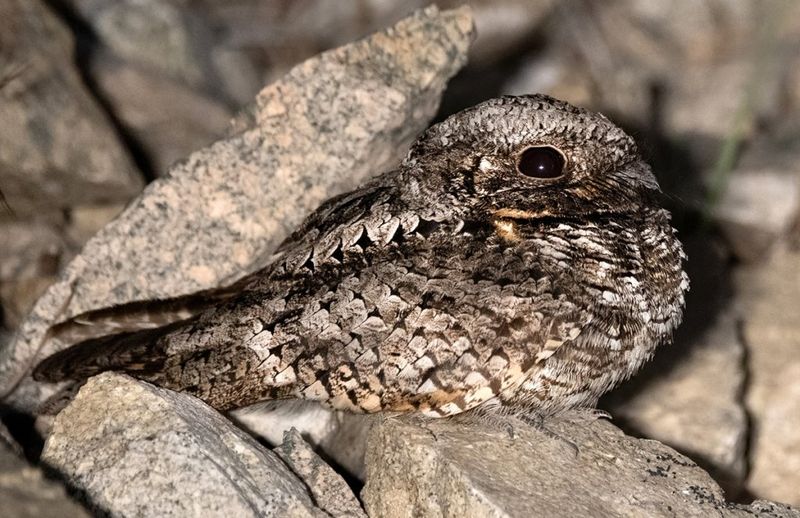
Breaking all bird rules, the Common Poorwill is the only known hibernating bird in North America. Native Americans named it the “sleeping one” after observing its winter torpor state.
Hidden among rocks in the southwestern U.S., these nocturnal birds can lower their body temperature from 104°F to just 41°F. Their breathing slows to the point of being nearly undetectable, allowing them to survive for weeks without food during winter’s harshest periods.
6. Wood Frog
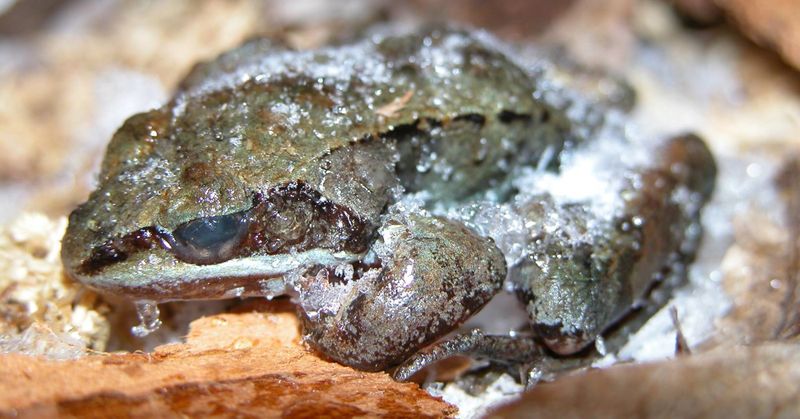
Nature’s frost-proof wonder, Wood Frogs perform the most extreme hibernation trick of all – they freeze solid! Up to 65% of their body water turns to ice while their heart completely stops beating.
The secret to their survival lies in special proteins and glucose that act as natural antifreeze in their vital organs. Come spring, these remarkable amphibians simply thaw out and hop away as if nothing happened, ready to breed in woodland pools.
7. Yellow-Bellied Marmot
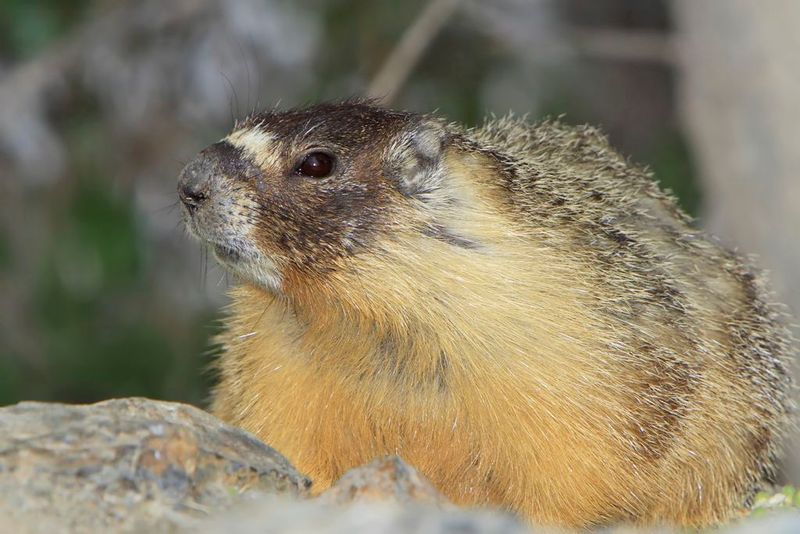
These chunky mountain residents spend a staggering 7-8 months each year in hibernation – that’s over 60% of their lives asleep! Before winter, they pack on an extra layer of fat that nearly doubles their body weight.
Tucked away in rock crevices high in the western mountains, their body temperature plummets to just above freezing. Family groups hibernate together in well-insulated burrows, creating a cozy communal den that helps conserve precious body heat.
8. Hoary Marmot
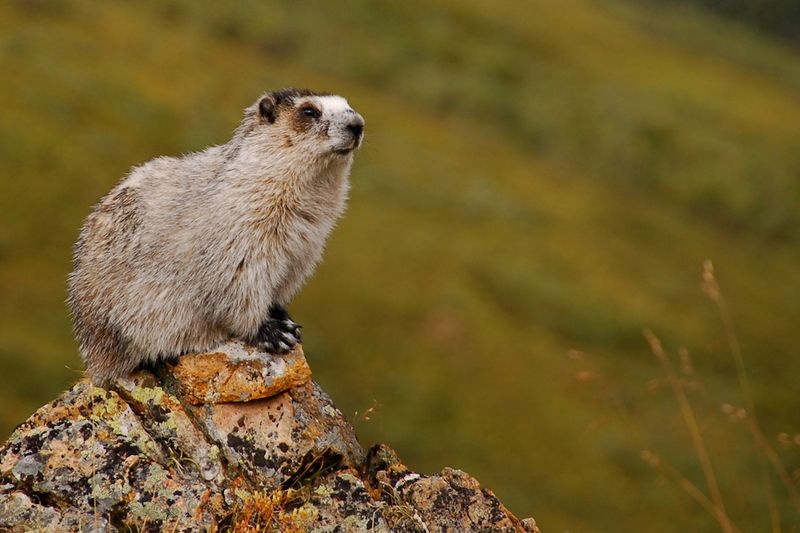
Nicknamed “whistlers” for their alarm calls, these alpine specialists prepare meticulously for their seven-month hibernation. They construct elaborate burrow systems with multiple chambers, including separate areas for sleeping and waste.
During their deep winter sleep, heart rate slows from 200 beats per minute to just 3-4 beats per minute. These social creatures often hibernate in family groups, their bodies piled together for warmth in chambers lined with dried grass and flowers they collected during summer.
9. Arctic Ground Squirrel
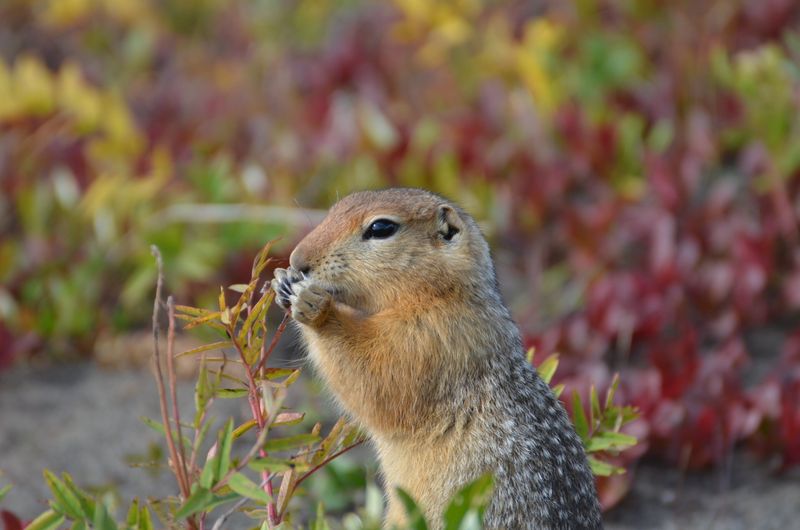
The ultimate cold-weather champion, Arctic Ground Squirrels perform a hibernation miracle by surviving body temperatures below freezing! Their blood contains special proteins that prevent ice crystal formation that would normally be fatal.
Every few weeks, these remarkable rodents shiver themselves warm for about 12-15 hours before dropping back into torpor. This rhythmic warming prevents brain damage and allows essential bodily maintenance during their eight-month hibernation in the frozen north.
10. Painted Turtle
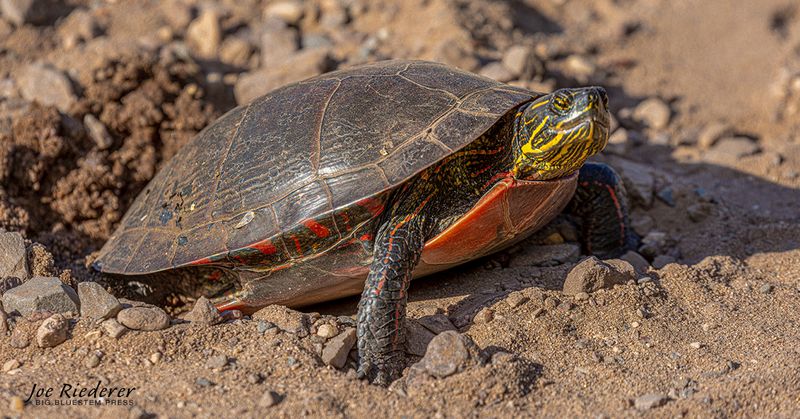
Buried in mud at the bottom of frozen ponds, these colorful reptiles perform a biological marvel – surviving without oxygen for months! They switch to a form of metabolism that doesn’t require breathing.
Young painted turtles have another survival superpower: they produce natural antifreeze compounds that allow them to endure being frozen solid. Their hearts stop beating completely during this time, yet they thaw perfectly in spring with no apparent damage.
11. Black-Tailed Prairie Dog
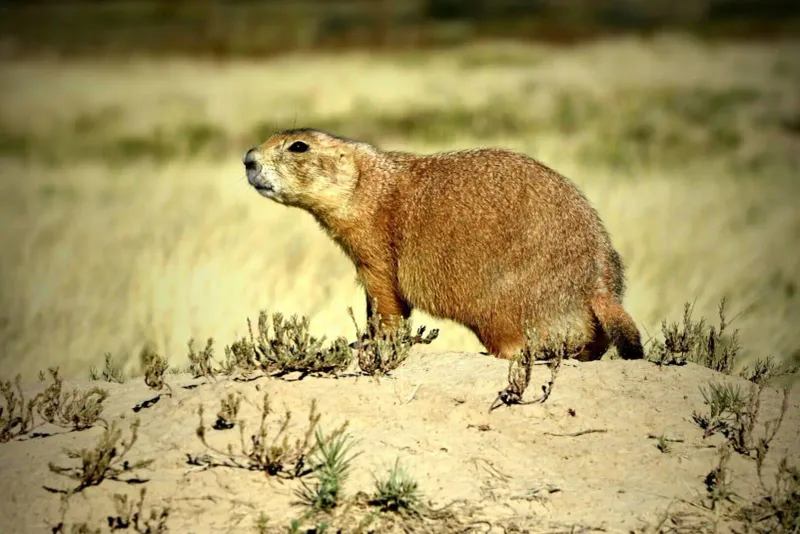
Unlike deep hibernators, these social burrowers enter a lighter state called torpor during harsh weather. Prairie dog towns become noticeably quieter in winter, with activity limited to brief midday appearances on warmer days.
Their complex underground cities feature specialized chambers that maintain stable temperatures year-round. During cold snaps, family groups huddle together in these insulated rooms, conserving body heat while living off fat reserves and occasional winter foraging.
12. Mountain Beaver
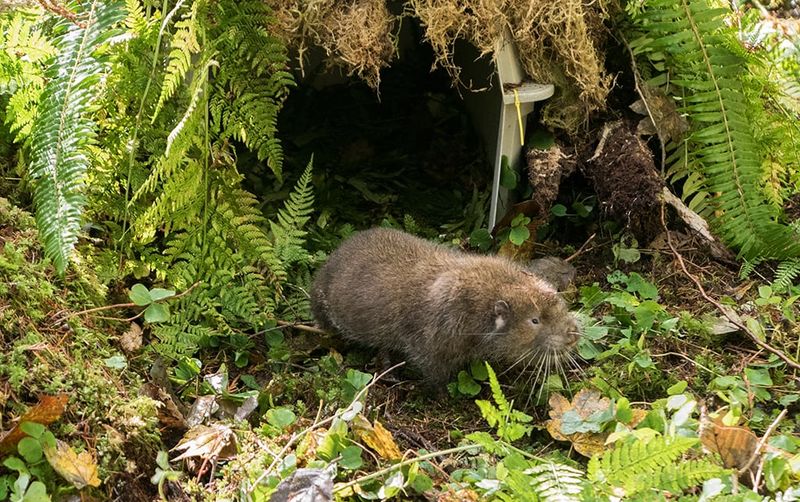
Despite their name, these primitive rodents aren’t true beavers but represent North America’s oldest rodent lineage. Living in humid Pacific Northwest forests, they remain somewhat active year-round but drastically reduce winter activity.
Their elaborate tunnel systems provide protection from freezing temperatures. During winter’s coldest periods, they enter a light torpor state in special nesting chambers lined with vegetation. Their low metabolic rate helps conserve energy when food becomes scarce.
13. Earless Lizard
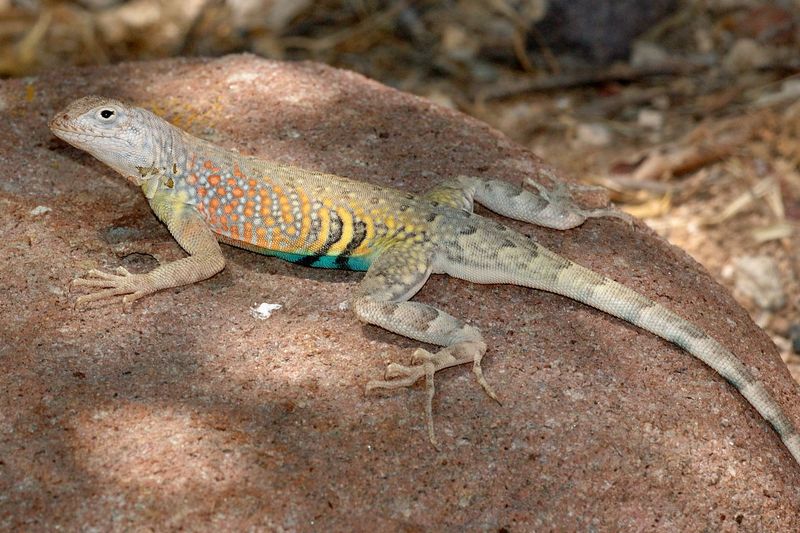
These small, swift reptiles of the southwestern deserts escape winter’s chill by retreating underground. They don’t truly hibernate but enter a dormant state called brumation when temperatures drop below their activity threshold.
Using existing rodent burrows or rock crevices, they find protected spots that stay above freezing. Their metabolism slows dramatically during this period, allowing them to survive for months without eating while waiting for spring’s return.
14. Snowshoe Hare
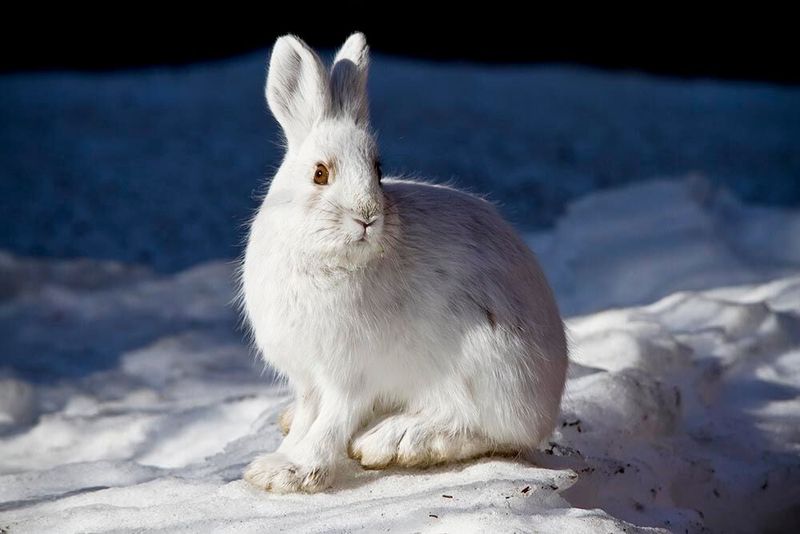
Unlike true hibernators, these northern forest dwellers employ a different winter strategy – they simply adapt to face the cold head-on. Their brown summer coat transforms to brilliant white, providing perfect camouflage against snow.
Their oversized hind feet grow extra fur, creating natural snowshoes for traveling across deep powder. Rather than sleeping through winter, they switch their diet from summer greens to woody plants and tree bark, remaining active even in the harshest conditions.

